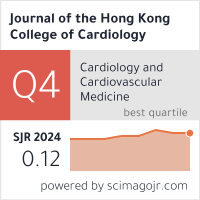Abstract
Background
The ‘inflamm-ageing’ phenomenon may worsen the prognosis of heart diseases including infective endocarditis (IE), while surgery may reduce inflammatory burden by direct removal of bacterial vegetation. This study aims to characterize the epidemiological and clinical features of surgical intervention for IE in Hong Kong in the past two decades.
Methods
All patients with incident IE from 2000-2019 in a territory-wide database were identified. We studied the trends in age-specific incidence of IE and identified the most significant contributors to 1-year all-cause death using the population attributable fraction (PAF). A propensity score approach was used to evaluate the benefits of surgical intervention.
Results
A total of 5,657 patients (mean age 60 years, 37% women) were included. Patients have become older, with an increasing trend in mean age from 2000-2019 (annual percentage change [APC] 0.9%, 95% CI 0.8 to 1.1, P
Conclusions
Patients with IE have become older in the past two decades, while surgical intervention significantly improved survival. Our results may help to improve outcomes of patients with IE by informing public health and clinical decisions.
Recommended Citation
Hang-Long Li, Yi-Kei Tse, Cong Chen, Si-Dong Cai, Meng-Qi Su, Mei-Zhen Wu, Qing-Wen Ren, Jia-Yi Huang, Si-Yeung Yu, Yap-Hang Chan, Hung-Fat Tse, Kai-Hang Yiu, Epidemiology and Characteristics of Surgical Intervention for Infective Endocarditis: A Population-Based Study in the Past Two Decades (2000 – 2019) in Hong Kong Journal of the Hong Kong College of Cardiology 2022;29(3):124-134 https://doi.org/10.55503/2790-6744.1485
Creative Commons License

This work is licensed under a Creative Commons Attribution-Noncommercial-No Derivative Works 4.0 License.



